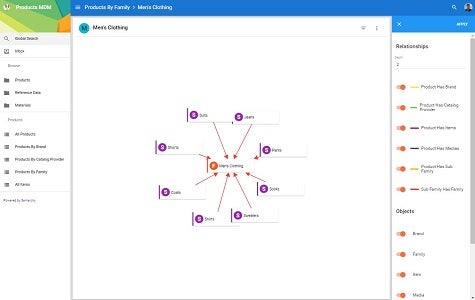Most organizations recognize that some approach to master data management (MDM) is required to impose order on what would otherwise be a chaotic approach to data collection. The challenge many of them have encountered over the years is that MDM platforms tend to be rigid. Any time there is a change to the business, updating the MDM platform to reflect that change becomes a massive IT endeavor.
Semarchy at the Enterprise Data World 2017 conference this week unveiled what it describes as an intelligent MDM platform, dubbed xDM, that makes use of the Material Design Language developed by Google to inject agility into the MDM process.
Company CEO Salah Kamel says it provides a semantic layer on top of an MDM platform that gives business users more control over how records are classified. Kamel says this not only provides an approach to MDM that can adapt better to types of records, it also results in a higher level of data quality by guiding users to the most appropriate classifications for a specific data entry.
In addition to being much simpler to customize, Kamel says the Material Design Language enables Semarchy to make it simpler to display cards, multiple descriptive texts and images using grids, lists and tables that can be accessed from any device. The tools Semarchy layers on top of the frameworks also make it simple to visually navigate relationships between different sets of data, says Kamel.
Kamel says that at a time when many organizations are starting to view the data they collect as a strategic asset, many of them are realizing how flawed their MDM processes are.
“Organizations today are super excited about data,” says Kamel. “But it can’t help them if have bad data.”
It’s not clear just yet to what degree a new approach to MDM based on a language developed by Google can have on improving data quality. But given the spotty history most organizations have had when it comes to collecting and managing data, there may be no time better than the present to start investigating an alternative approach.



